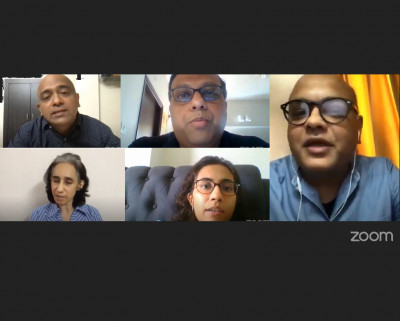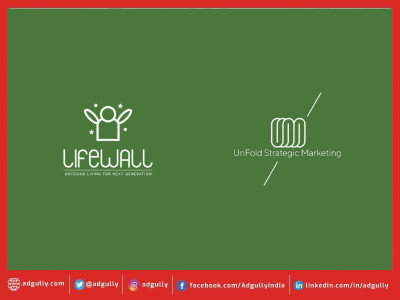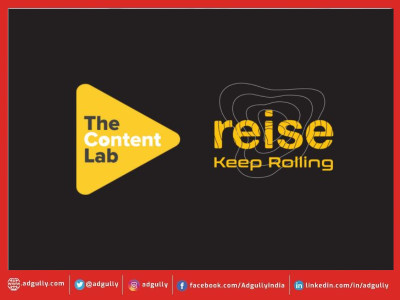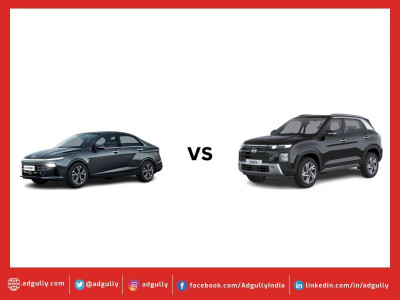Marketers put forth their theories of consumer behaviour during Unlock 1.0
On 6 June, moderator Prasad Shejale, Founder & CEO, Logicserve Digital led the discussion on ‘Re-calibrating for the digitally transformed customer’ and was joined by speakers: Pawan Sarda, CMO, Future Group; Sapna Arora, CMO, OLX India; Garima Dikshit, Head of e-commerce, Mondelez India; and Sumanta Ray, Group CMO, Narayana Health.
This was part of Adgully’s digital marketing webinar series DIGIXX 2020.
For the three months during the Lockdown, the consumer has stayed indoors and his wallet share his shrunk. This has impacted consumer spending and the consumer has to be more discerning about their needs and wants. While categories that are perceived as ‘essential’ have seen a tremendous growth other sectors like travel tourism have come to a standstill.
In the introduction, Prasad Shejale shares his view that most of us want an idea about the return and revival of our respective industries and economies. “How businesses are reviving and how people are picking new trends?”
He adds, “In last 80 days, we have jumped down to ‘Maslow’s Hierarchy of Needs’, where health has become the biggest concern.”
Sumanta Ray, Group CMO of Narayan Healthcare, agrees that this pandemic is bringing healthcare ecosystem of India under the scanner. He says, “Across the world, unless you have a strong healthcare tackling mechanism, it can really bring you down to knees. There will be a very renewed focus on health. An editorial in ToI said ‘Healthcare is the new IT’, where there is a huge potential of labour and economic intervention.”
He observes that digital interventions in healthcare have always been there, not just digital marketing but also digital delivery for healthcare medicine like telemedicine.
“From an Indian healthcare perspective, it’s largely a problem of access as 70% of doctors are in metro, Tier I, II cities whereas, 70% patients are in Tier III, IV areas so it is a question of bridging the gap” according to Ray.
He highlights two pain points of Indian healthcare.
Monetisation – Digital payments have come in a big way to solve that problem.
Policy grey area – Nobody knew whether it was legal to provide a telemedicine service.
He concludes that Covid-19 has pushed Government to roll out initiatives for digital delivery of healthcare services, “On 25th March, ‘Niti Aayog’ and Medical Council of India rolled out the telemedicine policy in India creating a legal framework and standard set of guidelines. Now, all hospitals are transforming digitally, where consultations, follow ups, diagnostics, medicine delivery, prescriptions will all happen via video unless absolutely necessary to go to the hospital.”
Garima Dikshit who heads e-commerce at Mondelez India says that from an FMCG perspective the initial shock was felt on physical distribution.
She identified three trends that would impact spends on FMCG category for the coming months.
- Personal Safety/ Health and Wellness: This is really impacting how consumers are buying and a little bit of what they are buying.
- Nesting at Home: People are snacking at home, celebrating at home, lesser outdoor activity and this trend is likely to go on for a while.
- Economic insecurity: The drop in disposable income and the outcomes it will have.
She said, “Consumers are drifting towards certain products a whole lot more. They are looking for products that are healthier and give them immunity at least in the foods’ space. People want to avoid physical shopping as much as possible and vis a vis e-commerce has boomed. It has almost doubled in its contribution.”
She added, “As an organisation, this pandemic will trigger long term shifts in the way we reach out to retailers and partners. Nesting at home has given rise to another kind of portfolio like larger packs and snacks which are convenient to consume at home. There is the whole trend of home chef-manship and some of our brands have pivoted into that space to encourage recipes and have fun with families at home.”
In conclusion, “for a company like ours, if people are nesting at home and not going outside, it impacts impulse consumption a lot. Therefore, how do we recover from that, pivot and build impulse in whatever shopping environment is left and how do we drive home consumption in a very big way. These are some of the behaviour changes we are thinking of. In smaller towns, the trends could be reversed due to economic insecurity. We could look at downgrading to smaller packs, value offerings, and deal seeking.”
Pawan Sarda who is the CMO of Future Group, one of India’s biggest retailers, says “FMCG and Retail is closely related so the challenges are similar in terms of logistics and people. This first thing we did was go online and launched shop.bigbazaar.com to address the customers need at that point in time. Despite everyone talking about e-commerce, if you place an order online, two key pain points emerge: How much time it takes to order online? How much time it takes to receive your order?”
In his view, “e-commerce sounds like the right solution from a logic perspective but it is still lacking from an infrastructure perspective. The trend of physical retail is here to stay.”
Sarda is bullish about India’s retail market as middle class consumers don’t have many options for outdoor recreation. He believes “Malls end up being a huge social space for people to gather and meet looking from a middle-class lens. The way customers were shopping during the Lockdown period, everybody stuck to their list of buying essentials, and we didn’t see them splurging. People are sticking to essentials even in categories like apparel where people are purchasing shorts, T-Shirts, night wear and it will take time for people to go back and splurge.”
Sapna Arora, CMO at OLX India points out an interesting trend. She says “There are two key things I would like to highlight. We pretty much expected the decline as soon as the Lockdown started. Our numbers bottomed out in the first week and stayed there for a while. What was shocking was the recovery. It has been very steady and steeper than what we expected. I have come to believe that recovery in most industries will be very smooth. Barring a few consumer trends that Sumanta and Garima were talking about, people are waiting to bounce back.”
“OLX is a platform for buying and selling pre-owned goods. On the selling part, people were at home so they began to declutter. There was a pressure on space and on pockets so it made sense to sell on our platform. People are seeing the merit in buying pre-owned” she concludes.
















Share
Facebook
YouTube
Tweet
Twitter
LinkedIn